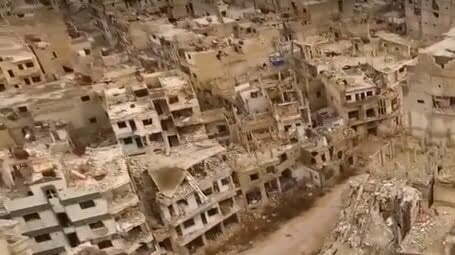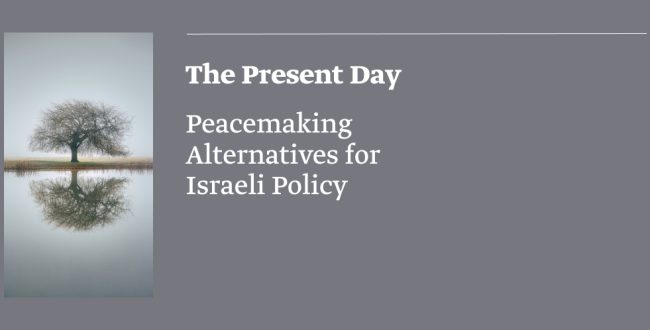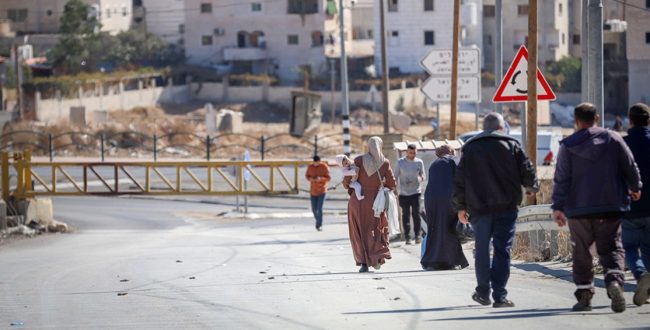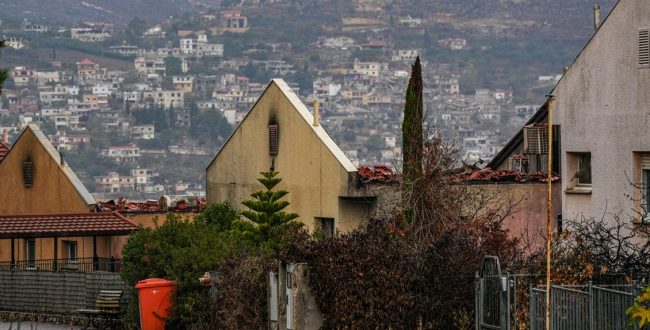With the Assad regime gaining strength over ISIS and the Syrian opposition, international attention is focusing increasingly on the day after the war in Syria, and specifically – the massive reconstruction that the ravaged country will need. Conservative estimates place the cost at 200 billion US dollars – more than four times the state’s annual budget.
Neither Assad nor the mainstays keeping him in power, Iran and Russia, have the capacity or will to finance the reconstruction of Syria. The West and the Gulf states, which poured billions into rebuilding Lebanon and Gaza, will be reluctant to foot the bill as long as Assad remains in his seat. In the next few years, as Syria grapples with underdevelopment and a destroyed economy, the actor responsible for most of the country’s devastation, the Assad regime, will likely reap political gains from the reconstruction drive, which is being used for demographic and economic engineering to benefit regime cronies.
The scale of destruction is enormous: The regime decimated entire towns and neighborhoods, and the fighting damaged infrastructure, public institutions, factories and shops. According to a World Bank study, 27% of the houses across ten major cities in Syria were impacted, with 7% entirely destroyed, and about half of all medical facilities and schools in eight governorates were damaged.
More than half of Syria’s populace was displaced by the war, and many have no homes to return to. From 2011 to 2016, the GDP dropped by 65%, although the greatest damage to the economy was not physical but rather caused by displacement and immigration, frozen investments, cutting of economic ties and harm to businesses In 2015, the unemployment rate was 53% (78% among youth) and some 60% of Syrians were living in abject poverty.
<<The city of Homs in 2016, courtesy of RussiaWorks>>
While the war left the country in ruins, Assad – who has prioritized the survival of his rule above all else – stands to gain politically and economically from the reconstruction. The regime is already taking measures to prevent what it views as disloyal populations from returning to Sunni towns and neighborhoods, which were once controlled by the rebels and were recaptured by Assad. Meanwhile, Assad supporters are taking over the deserted property. In 2016, the regime issued a legislative decree that Syria’s property records would be digitized. Only individuals who could physically go to one of the service centers – in other words, were living in a regime-controlled area at the time – were able to ensure that their property was indeed registered under their name. Also, in 2012 the regime began using military courts to imprison and execute insurgent “terrorists” and confiscate their property.
In the years that preceded the uprising, some 40% of Syrians lived in structures that were built without construction permits, mostly in poor neighborhoods and on the outskirts of the large cities – Damascus, Aleppo, Hama and Homs – which saw a large influx of rural migrants after the large-scale failure of crops and livestock deaths. Some of these neighborhoods are inhabited primarily by members of the Alawite ruling ethnic group (e.g., Mezzeh 86 and Ush al-Warur in Damascus), by Christian and Druze (e.g., Jaramana on the outskirts of Damascus), and Sunnis (e.g., Mash’a al-Arba’in in Hama or Basateen al-Razi and Mezzeh in Damascus).
Even in areas that were spared fighting, the regime used the uprising to demolish Sunni neighborhoods, perceived as disloyal to Assad. The excuse was routine punishment of illegal construction, yet all the neighborhoods demolished had a Sunni majority. In these areas, and in some of the neighborhoods ruined by the regime during the fighting, such as Baba Amr and Jobar in Homs, Assad is now advancing upscale real estate projects involving business cronies.
These projects were made possible by Decree 66, issued by the regime in 2012, to “redevelop areas of unauthorised housing and informal settlements [slums]”. The previous inhabitants, some of whom were evicted from their homes as bulldozers rolled in over the last two years, have not been compensated. Some of the high-end projects had been advanced by the regime before the uprising began, but encountered local objection. Now, the war and the displacement of many residents have made it easier for the regime to promote such projects.
To raise funds, the regime introduced several other laws and decrees that make it easier to invest in state-owned property – whether in state lands or in privately owned land expropriated from residents who fled or were expelled. These laws simplify expropriation procedures and make the investment more profitable, as investors are exempted from taxes on their profits. Damascus is directing the limited money it has to financing high-end real estate development.
The fruits of war are being harvested not only by millionaires who have Assad’s ear, but also by Russia and Iran, whose military and financial aid kept him in power. Mired in their own economic problems, the countries are eager to promote profitable projects. Yet Syria does not have much to offer, with its meager natural resources and largely impoverished population. Therefore, Damascus has so far signed contracts with Tehran and Moscow regarding Syria’s limited natural resources – developing phosphate mines and oil and gas fields, as well as basic services consumed by all classes, such as electricity and mobile phone networks.
<<Simulation of the upscale project planned instead of Basateen al-Razi, a Damascus neighborhood whose residents were all expelled.>>
States and institutions that traditionally fund post-war reconstruction, including Europe, the UN, the US and the Gulf states, are unlikely to invest in helping Syria get back on its feet as long as Assad is in power. The Syrian regime is broke, having racked up enormous debt during the war. International companies will not be drawn to Syria, overrun as it is by corruption and with its basic infrastructure decimated by war.
This means that Syria will be only partially reconstructed, and slowly at that, a process accompanied by massive expropriation of property. The benefits will largely be reaped by regime cronies, further widening the economic gaps in Syria. These gaps, let us recall, were one of the main reasons that the Syrian uprising broke out in the first place.
Translated by Michelle Bubis


















